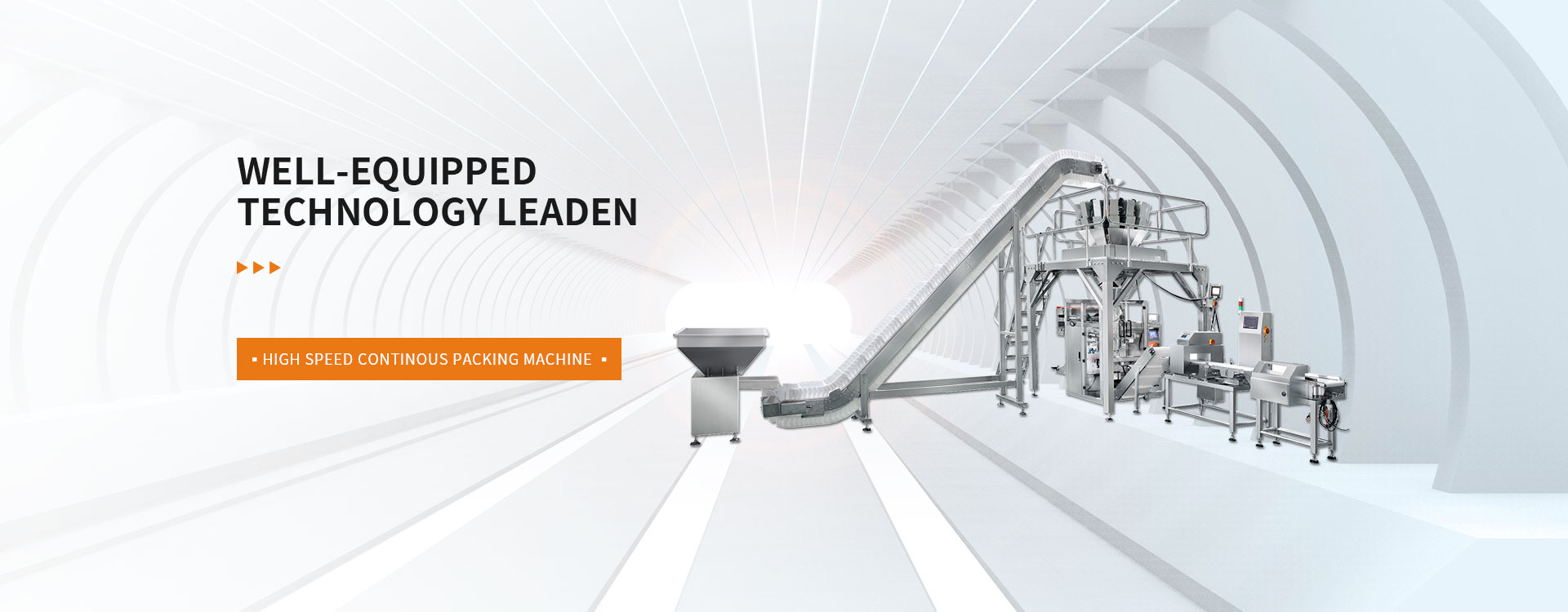Woodworking Machinery Safe Working Practices
shared:
The guidance below has been prepared to ensure that the risks identified above and others associated with woodworking machinery and activities are eliminated or reduced to the lowest possible level. The guidance issued in Work Equipment should also be consulted when deciding on safe working practices and procedures.
Suitability of Woodworking Machinery
Although some operations can be carried out on more than one machine only the most suitable machine available should be selected for the task. For example, for grooving, a properly guarded vertical spindle-moulding machine or routing machine are more suitable than a circular saw.
Only suitable tools should be selected and must be within the range specified by the machine manufacturer. Limited cutter protection tools should be fitted when replacing a tool or within 2 years at the latest. If tools are damaged so as to increase the risk of break-up they should not be used and should be disposed of.
No tool should be run at a speed greater than the safe working speed marked on the tool or specified in the information supplied by the manufacturers or suppliers.
Only cylindrical cutter blocks should be used on hand-fed planing machines. The manufacturer’s recommendation for balancing and mounting the cutters should be followed at all times.
Cutters mounted on spindle moulding machines must be the correct thickness for the cutter block or spindle upon which it is to be mounted.
Maintenance
For general advice on requirements for maintenance on work equipment see the Work Equipment Guidance.
Maintenance of woodworking machinery should include at least:
●Worktables (upon which a workpiece rests or over which it passes). These should be smooth and free of any obstruction or damage that is likely to interrupt the continuous feeding of any workpiece to the tool.
●Mechanical feed systems (where used). These should track and run smoothly.
●Guards (particularly adjustable, interlocked or automatic guards). These should be freely adjustable over the full range of work for which they are designed, and continue to fulfill their safety function.
●Protection devices including two-handed controls and photoelectric devices (where provided). These should be in effective working order.
●Tools. These should be sufficiently sharp and not damaged in such a way to increase the likely risk of disintegration/break-up.
●Tool holders and workpiece clamping systems (where fitted). These should move freely and continue to function safely.
●Protection appliances (such as jigs, holders, push-sticks etc.). These should be stored in a place to minimize the risk of damage and be checked to ensure that they are fit for safe use.
Information and Instructions
For general advice on requirements for information and instructions on work equipment see the Work Equipment Guidance.
Information and instructions for woodworking machinery should include, where relevant:
●The speed, range, type and dimensions of tools suitable for the machine.
●Any limitations on the cutting speeds of the machine, particular operations or size and material of any workpiece.
●Procedures relating to the repair or replacement of any guard or protection device.
●The availability, suitability and use of any additional protection device or protection appliance.
●The correct procedures to be followed for setting and adjusting operations.
●Safe methods of handling and mounting of tools.
●Correct procedures for start-up and shutdown, isolation and how to discharge any residual energy.
●Procedures for cleaning saw blades by hand (which should be carried out with the machine isolated and with the blade stopped).
●Procedures for adjusting any guard, tool, clamp or other part of a machine (which should not be carried out while any part of the machine is in motion, unless they can be done safety).
●Safe use of safety devices, such as push sticks.
Protection against Specific Hazards
The specified hazards identified for woodworking machinery include:
●Material being ejected; and
●Disintegration.
Adequate measures must be taken to control the risk of ‘kickback’. This may include ensuring that the demountable power feed device or machine integrated power feed used is suitable in size and rating to sufficiently overcome the forces of kickback. Guarding should provide a sufficient degree of protection in the event of the cutter or tool disintegrating or the cutter being ejected.
Risk of break-up should be minimized by the use of proprietary tools, which should be maintained in good and sound condition.
Stop Controls
For general advice on requirements for stop controls on work equipment see the Work Equipment Guidance.
Braking devices to reduce the rundown time of cutting tools on woodworking machinery should be fitted where the risk assessment shows that this is necessary. This may include:
●Where there is a risk that operators will approach the tools forgetting th



